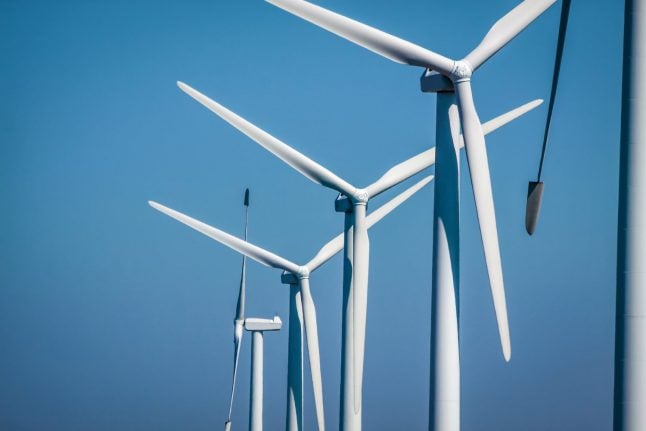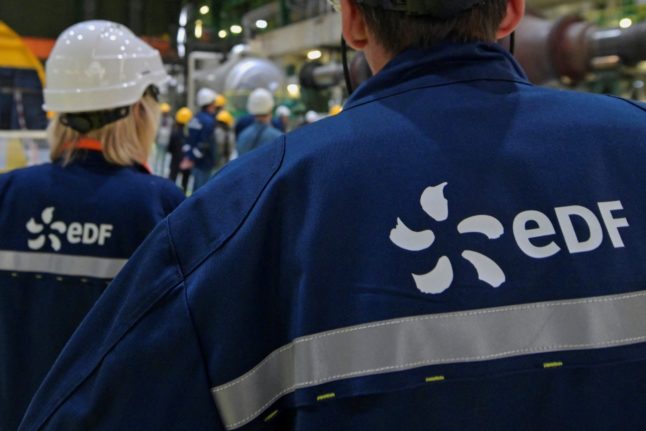Denmark’s use of wind power technology makes it a leader in sustainability and efficient energy use in cities, says an industry analysis.
Green comparison service provider Greenmatch, which promotes green living and energy savings through renewable technologies, has created an interactive map that highlights projects and initiatives in various cities, as well as their goals to help the environment, with Copenhagen included in the ranking.
Greenmatch's map provides information using recent reports by Arcadis’s Sustainable Cities Index and Huawei’s Smartest UK Cities, as well as environmental goals planned by the individual cities.
See the map at: greenmatch.co.uk
“Wind power is one of the leading renewable energy sources and has gained considerable attraction from countries around the world. For the past few decades, Europe has led the world in its innovations and advocacy towards wind power, covering 10.4 percent of the EU's electricity demand.
“Renewable energy sources like wind power have helped cities extract clean energy and optimise usage to assist in the development of smart cities. These smart cities will help navigate further towards providing sustainable communities for residents in populated cities and alleviate common issues from urbanisation,” Alexander Velazquez-Guzman, communications assistant with Greenmatch, told The Local.
Wind farms play a prominent role in Denmark’s effort to achieve carbon neutral status.
By 2030, Denmark aims to draw 50 percent of its power from wind turbines on its way to a target of becoming fully independent of fossil fuels by 2050.
On February 22nd this year, Copenhagen took 97 Gigawatts-hours (GWh) from offshore and onshore wind farms – the power capacity of up to 10 million average US households, writes Greenmatch.
In order to achieve environmental aims through wind power, suppliers and manufacturers in Denmark continue to innovate efficient wind power farms and turbines. Earlier this year, the Danish government approved the testing of wind turbines 330 metres tall – higher than the Eiffel Tower.
In March, Denmark, along with Germany and the Netherlands, revealed plans to build a giant artificial island in the middle of the North Sea where wind farms would create power for 80 million people.
READ ALSO: Denmark, Germany, Netherlands want to create ‘artificial power island'
In 2014, wind power farms were reported to have supplied 40 percent of Denmark's current electricity consumption.



 Please whitelist us to continue reading.
Please whitelist us to continue reading.